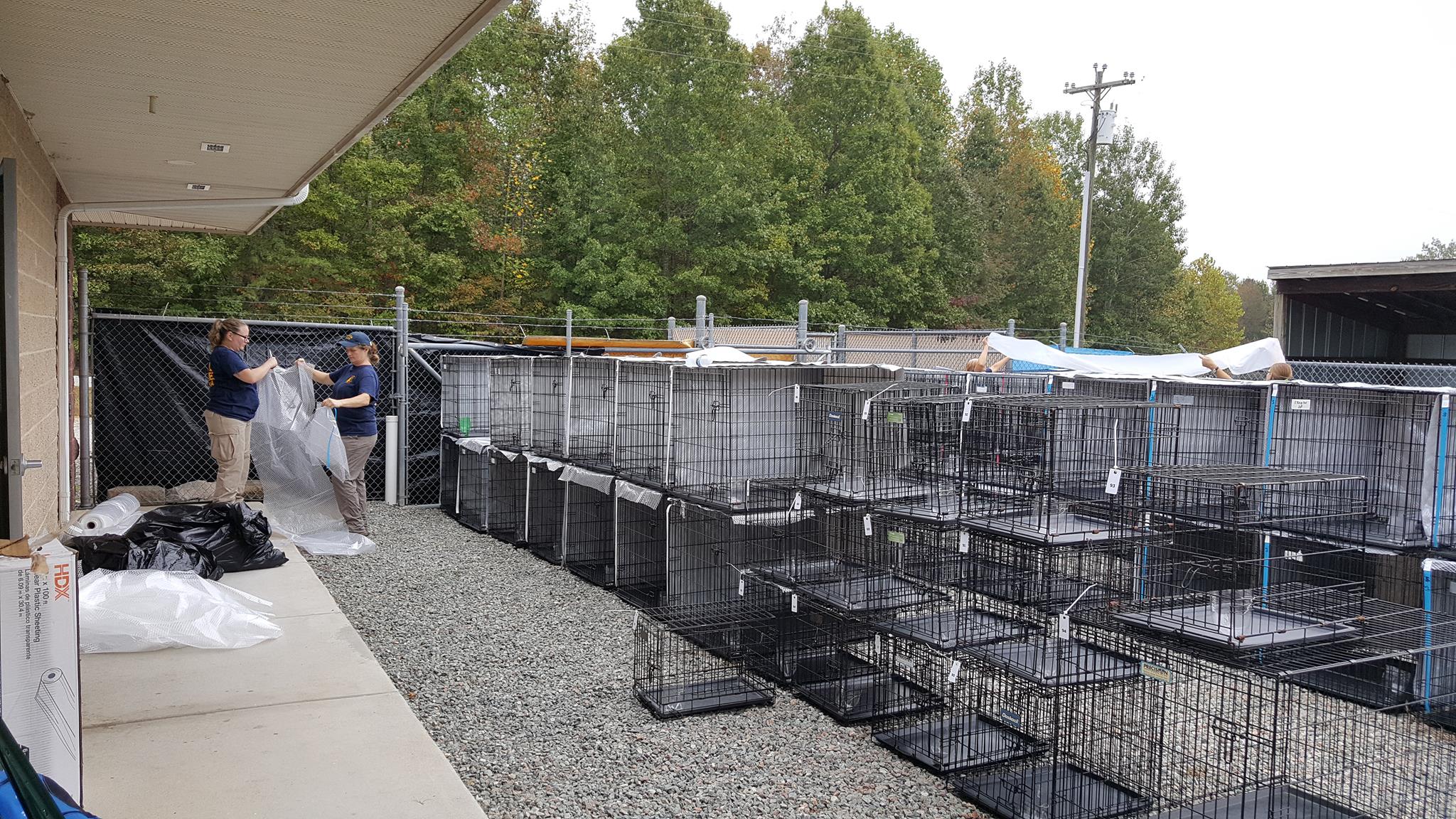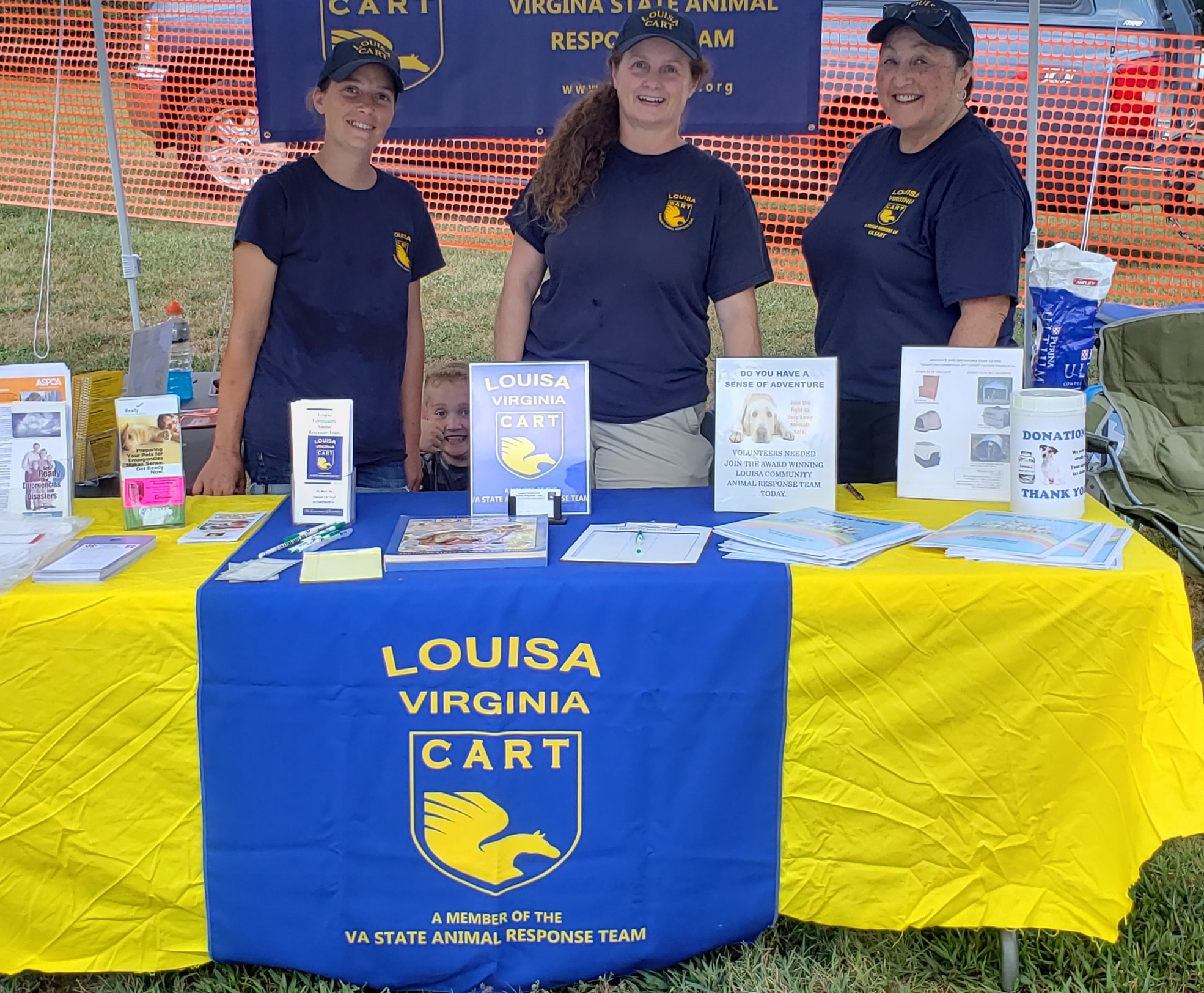
The world around us continues to change. Storms are are becoming more intense with resulting mudslides, flooding, and high winds. Droughts are becoming a more regular occurrence and Tornado’s are touching down in places that have never experienced these phenomenon. Seismic activity has increased impacting us locally with the Mineral earthquake in 2012 and frequent, subsequent tremors. These environmental changes have increased the need to everyone to become more prepared and better equipped to respond to these situations. Along with environmental disasters, events such as 9/11 have brought to the forefront the need to consider man-made disasters. Terrorism and related threats have become virtually a standing part of any newscast with persistent threats to any high populated area or event. The question is, are you prepared? Is your family prepared? Do you have a plan of where you will go to avoid the catastrophe? Have you considered what you will do with your pet(s)? Do you have a “Go Bag” or “Bugout Bag” for yourself, your family and your pets with the essentials to survive a catastrophic event?
Louisa CART can help and be your source of information and training for emergency preparedness. Louisa CART provides training and instruction on emergency preparedness, Pet CPR, Pet First Aid, as well as human CPR and First Aid.we can provide you with the information you need to be better prepared, develop a plan of action, and train you and your family for the skills necessary to survive a catastrophic event.
The first step toward developing your emergency plan is to understand your options. It is important to understand that the best option is to identify family and friends outside of the impacted area where you, your family, and your pets may temporarily relocate until the event has cleared and it is safe to return to your home. The second option is to relocate to a pet-friendly hotel/motel outside of the impacted area where you, your family, and your pets can remain until it is safe to return to your home. The last option is to relocate to a State Emergency Evacuation Shelter. This should be considered the last option because the purpose of the State Emergency Evacuation Shelter is to provide basic shelter and needs during the emergency situation. The shelter will be noisy and lack privacy as many people will be housed together in a “bay” or open area configuration. Resources will be shared and limited and comfort is not a priority. Planning to stay with family, friends, or in a hotel will provide better comfort and privacy however you must make these plans ahead of time.
As part of your emergency plan, you will need to identify your route, and contingency routes, to get to your evacuation destination. It is important to consider weather conditions, flooding, roadway obstacles (such as downed trees and power lines, mudslides, and other blockages), and congestion when planning your primary and contingency routes. The more routes you can identify, the better prepared you will be. Identify intersects in your routes to allow for the ability to rapidly maneuver to another route should the current route be impassible. If you have to travel long distance, identify locations for gas/diesel, food, water, and lodging.
A communications plan is also important so you can notify family and friends periodically of your location. This will help search and rescue in the event that you are not able to arrive at your location. Have a backup communications plan in case cellular towers become overloaded or are otherwise not accessible.
The next step is to identify the essentials that you, your family, and your pets will need to have to survive the event and put together a “Go Bag”/”Bugout Bag”. For planning purposes, a rule of thumb to consider is to pack enough essentials for you, your family, and pets to survive for 72 hours. Backpacks are preferred as they are easier to carry especially when you may need your hands to guide children, manage leashes, or handle documents. Military grade backpacks are recommended as they have a compartmental design and tend to be more durable than commercial backpacks. Another consideration when choosing a backpack and when packing is to ensure your essentials remain waterproof as much as possible. Click here for details on what you will need to survive the event.
Resources:
Make a Plan (FEMA): http://www.ready.gov/make-a-plan
Build a “Go Bag”/Bugout Bag”: http://www.ready.gov/build-a-kit




